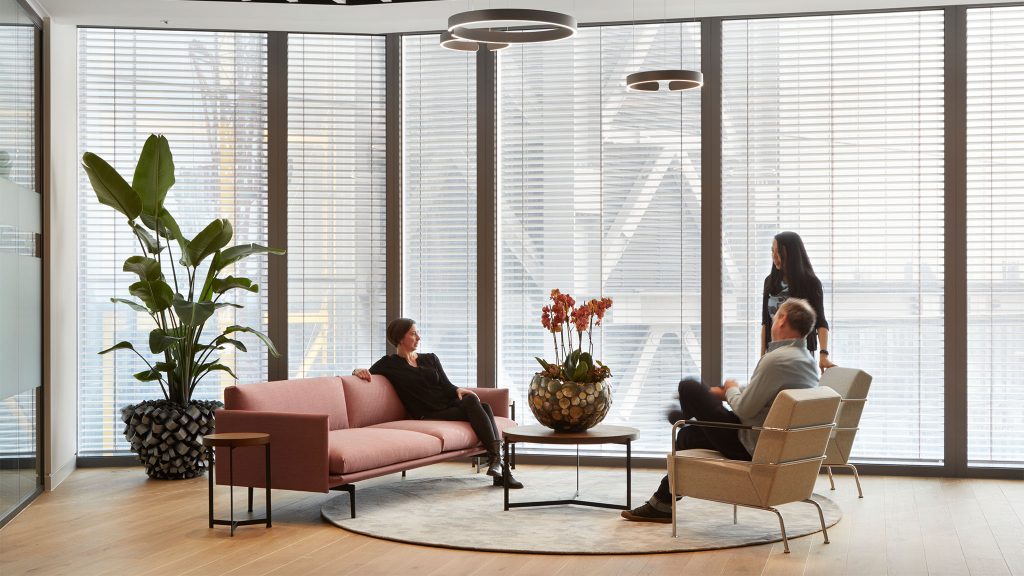James Taylor, Principal and London Studio Chair at Woods Bagot. With a special mention to Kate Gillies, Associate in the Sydney Studio, who's contributed to formulate these ideas. In this article James discusses the impact of Covid-19 on traditional workspaces and how offices will need to become spaces dedicated to learning.

Image copyright: Woods Bagot
Even after a year of working from home, we know that physical offices are crucial to initiate, embed and reinforce the culture of an organisation and the experience of work for individuals. The war for talent used to be fought on the quality of the workspace, but we think the battle ground has shifted.
While flexibility and empowerment of employees to control their own workflows and patterns has been positively accelerated by the pandemic (the panopticon and presenteeism is now surely dead!), if organisations give up their physical workplace, they could be losing out on a key opportunity for the growth and evolution of their team. This has positive implications for employers that stand to benefit from the ongoing development of their teams and for employees seeking access to upskilling opportunities in a rapidly changing work environment.
The shift in the role of the physical office, in this war for talent, proves that it is no longer sufficient to just have an attractive workplace – workplaces need to facilitate the nurture, or you could say care, of the professional development and experience of work for its employees. Organisations and landlords must therefore create working environments that are underpinned by a learning ethos.
This is because career growth through learning is what people will want to get from the workplace experience. It is access to learning that makes the office a destination worth going to. The ‘organic’ growth in knowledge that underpins career growth, is best served by physical presence and exposure to new activities and processes. “Learning” is connectedness, shared experience and seeing and hearing professional decisions made in context.
It’s because of this that I believe we will see a huge movement in the design of workplace environments from places for doing (factories) to places for learning and communication (schools). I like to talk about this as a shift from designing offices for activity-based working to collaboration-based learning. We will be designing office buildings and workspaces that deliver experiences and events that facilitate learning – and this is how care, for the returning workforce, will be evidenced in office design.
Care can be shown for employees of all ages by having offices that provide learning experiences – whether it’s seeing your boss interact with a client, listening to your colleagues speaking to people on the phone, watching the body language and presentation style of the best communicators and speakers in your industry, or being inspired by conversations at the old water cooler or coffee machine.
The organisation that cares about its staff and its culture will create workspaces that are set up for such experiences. As designers, we therefore need to embed spaces for learning into our building and workspace designs to fight the new front of the war for talent and attract people back to the office.






